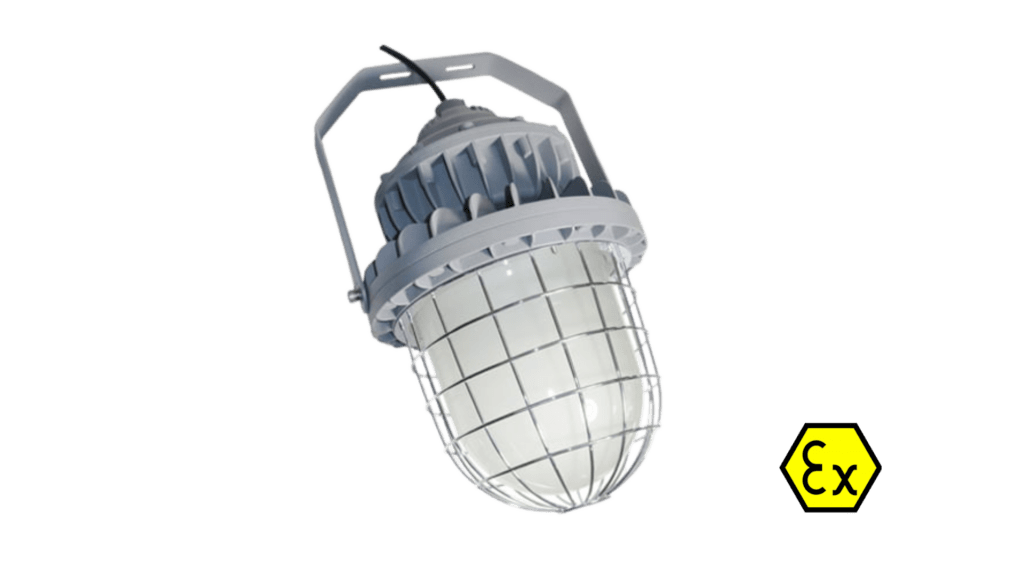As we navigate the complexities of the 21st century, the need for advanced safety measures in hazardous areas is becoming increasingly apparent. This is where Intrinsically Safe Store comes into play, offering a wide range of intrinsically safe products and solutions. In this article, we plan to delve into how the future of hazardous area electrical requirements and technologies will revolutionize safety standards.
Understanding Hazardous Area Electrical Requirements
Hazardous area electrical requirements are regulations and standards designed to ensure safety in environments where fire or explosion hazards may exist due to flammable gases, vapors, or dust. These requirements are crucial in industries such as oil and gas, mining, chemical, and pharmaceuticals.
The Evolution of Hazardous Area Electrical Requirements
Over the years, hazardous area electrical requirements have evolved significantly. From basic safety measures, we have moved towards more sophisticated systems that not only detect potential hazards but also prevent them. Technological advancements and a better understanding of the risks associated with hazardous environments have driven this evolution.
The Role of Intrinsically Safe Store
Intrinsically Safe Store is at the forefront of this evolution, offering a wide range of intrinsically safe products that meet the stringent requirements of hazardous areas. From intrinsically safe smartphones and tablets to gas detectors and lighting solutions, Intrinsically Safe Store provides the tools necessary to ensure safety in hazardous environments.

The Future of Hazardous Area Electrical Requirements and Technologies
The future of hazardous area electrical requirements and technologies is promising, with several trends shaping the landscape.
- Increased Automation: Automation is set to play a crucial role in hazardous area safety. Automated systems can monitor conditions in real-time, providing early warning of potential hazards and reducing the risk of accidents.
- Internet of Things (IoT): IoT technology can connect devices and systems in hazardous areas, providing a wealth of data that can be used to improve safety. For example, IoT-enabled gas detectors can provide real-time information on gas levels, allowing for immediate action if levels become dangerous.
- Advanced Materials: The development of advanced materials, such as explosion-proof enclosures, will enhance safety in hazardous areas. These materials can withstand extreme conditions, preventing the ignition of flammable substances.
The Future of Hazardous Area Electrical Requirements and Technologies
The future of hazardous area electrical requirements and technologies is exciting, with advancements set to revolutionize safety standards. As we move towards a more connected and automated world, the role of companies like Intrinsically Safe Store will become increasingly important in ensuring safety in hazardous environments. Visit our website to explore our range of intrinsically safe products and solutions. For any queries or further information, feel free to contact us.


























